One of the reasons we at Villa Kali Ma promote gender-specific treatment is that women and men are different in the ways we go about abusing drugs.
We’re not so different that we don’t have anything in common – all addictions are the same type of beast, in the end, and our shared humanity trumps our differences and experiences.
We are different enough along our gender lines, though, that it makes sense to consider seeking treatment and support among our gender. Gender-specific treatment is especially recommended for women, who have an easier time feeling safe enough to do the work necessary to recover in female-only environments. This may have something to do with the high incidence of sexual abuse and sexual assault-related traumatization being a key origination point of addiction for women.
Particularly for women, it can be important to provide a protected space to understand the female experience when it comes to drugs, alcohol, and addiction. To explore a little more about women and our addictions, let’s talk more about the drugs women use most commonly.
What are the most commonly abused drugs by women?

The typical pattern for women is that we are less likely than men to use street drugs in the first place. We are more likely to use and develop addiction to drugs that are considered to be more socially acceptable, such as prescriptions and alcohol.
This tendency to stay within the bounds of the law, at least when starting in our addiction path, is in keeping with socialized female behavior in general, as we are in large part less likely to break the law or step outside social mores.
Broadly speaking it is also more expected for men to act out, in ways that are messy and visible to society, while women are still largely expected to be quiet and docile. The differing expectations about how men and women behave, what is tolerated and what isn’t – men can be angry, women can’t, women can be vulnerable, men can’t, etc – have impacts on how we approach substances.
The substances women abuse most commonly are prescription opiates, prescription sedatives, stimulants (both prescription and street versions), and alcohol.
Opiates (Percocet, Vicodin, OxyContin)
The infamous opioid class of painkillers, responsible for the meteoric rise in overdose deaths since their introduction to the market as a supposedly addiction-free painkiller, is more commonly prescribed to women than to men. Women are more likely to suffer from chronic pain conditions and therefore are more vulnerable to this situation.
Opiates, including OxyContin, Vicodin, and Percocet, are exceptionally addictive, resulting in physical addiction after as little as two days of use.
According to a review of the literature on gender and opioid use disorder, published in 2020, the number of deaths by synthetic opioids among women is skyrocketing, increasing at more than twice the rate for men.
Sedatives (Valium, Xanax, Klonopin)
The tranquilizer, or sedative class of prescription drugs, also called depressants, are commonly prescribed to ease symptoms of anxiety and sleep problems.
Xanax, Valium, and Klonopin are examples of this class of drugs. They are exceedingly addictive, and while they are only approved to be administered for short-term use, the reality is that they are very often abused. Like opiates, this class of prescriptions can create physical addiction symptoms like craving and withdrawal within days.
Like opiates, these prescription drugs are prescribed more often to women than to men. The conditions these drugs are primarily prescribed for are also more prevalent among women than men. Women are more likely to be diagnosed with anxiety disorders, and in each specific type of anxiety disorder, more women than men receive that diagnosis.
Stimulants (Adderall, Cocaine, Methamphetamine)
Women are more likely than men to become addicted to methamphetamines, whether prescription (Adderall, Ritalin, and other ADHD-associated prescriptions) or street (speed or crystal meth).
Although men and women are equally likely to try methamphetamines, women are more likely than men to become addicted. Women are considered to be more vulnerable than men to becoming addicted to cocaine, as well, which is also a stimulant class drug.
Overall it appears that the danger represented by these drugs, including physiological craving, withdrawals, and atrophy to body systems, is higher for women.
Alcohol
Not to be forgotten, alcohol is a popular choice of substance among women, and a source of epidemic levels of substance addiction. Due to alcohol’s widespread availability, legality, and social acceptability, more women are exposed to alcohol than any other substance.
Despite its legal and social status, alcohol represents many dangers to women, which are similar to the above-described prescription drugs. Alcohol is addictive and toxic to the body. Women are more likely to develop addiction to alcohol than men are.
Putting it All Together: Women and Drugs

Women and men experience drugs and addiction differently, for social and biological reasons both. Our motivations for using are somewhat different, and our bodies metabolize substances differently, too (due to differing water levels, hormones, and more.)
In many ways you can say that women are more vulnerable than men are to the snares of addiction – although we’re less likely to try street drugs out, we’re more likely to be prescribed addictive drugs at the doctor’s office, as we’re more likely to be diagnosed with the conditions those drugs are supposed to treat.
We’re more likely to experience psychoactive effects in response to smaller amounts of the same substance, and we develop physiological addiction (cravings, tolerance, and withdrawal) more rapidly than men.
Villa Kali Ma can assist women with drug addiction
Villa Kali Ma is fully devoted to helping women wake up from the nightmare of addiction. We have a full spectrum of care available, to address every level of need that women have in a context that works best for the situation.
We compassionately and effectively treat co-occurring mental health disorders like depression and anxiety, as well as the underlying root traumatization that nearly always accompanies addiction, especially in women.
If you’re struggling with substances yourself, or worried about a woman in your life, check out our many holistic, integrative programs that combine the best of Western medicine with the world’s most time-honored and healing traditions.

